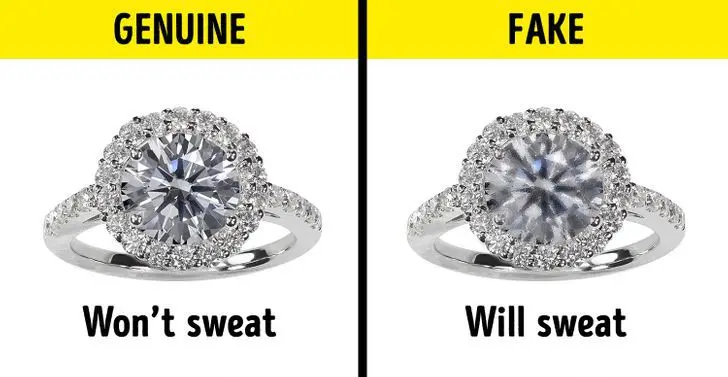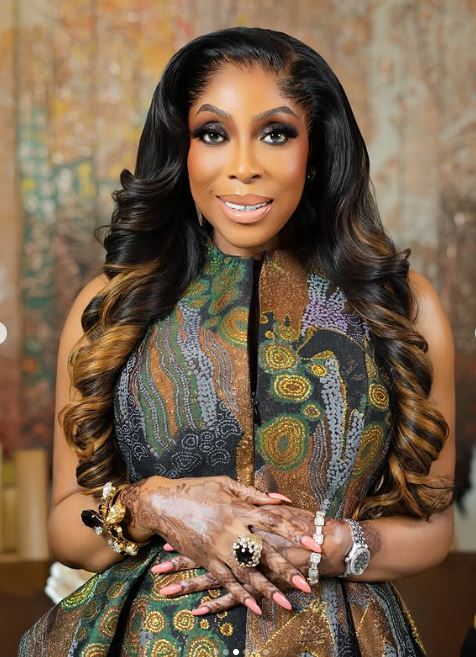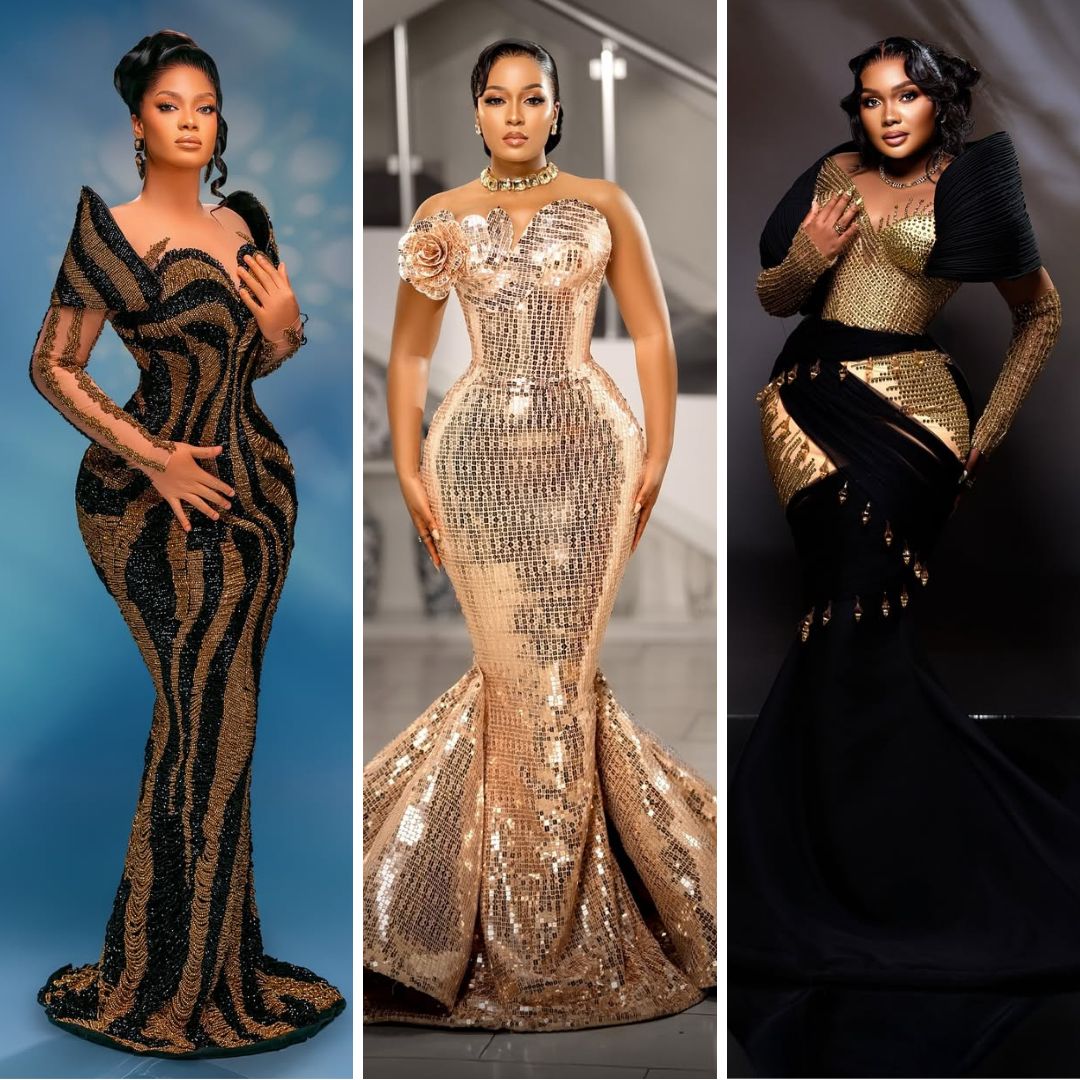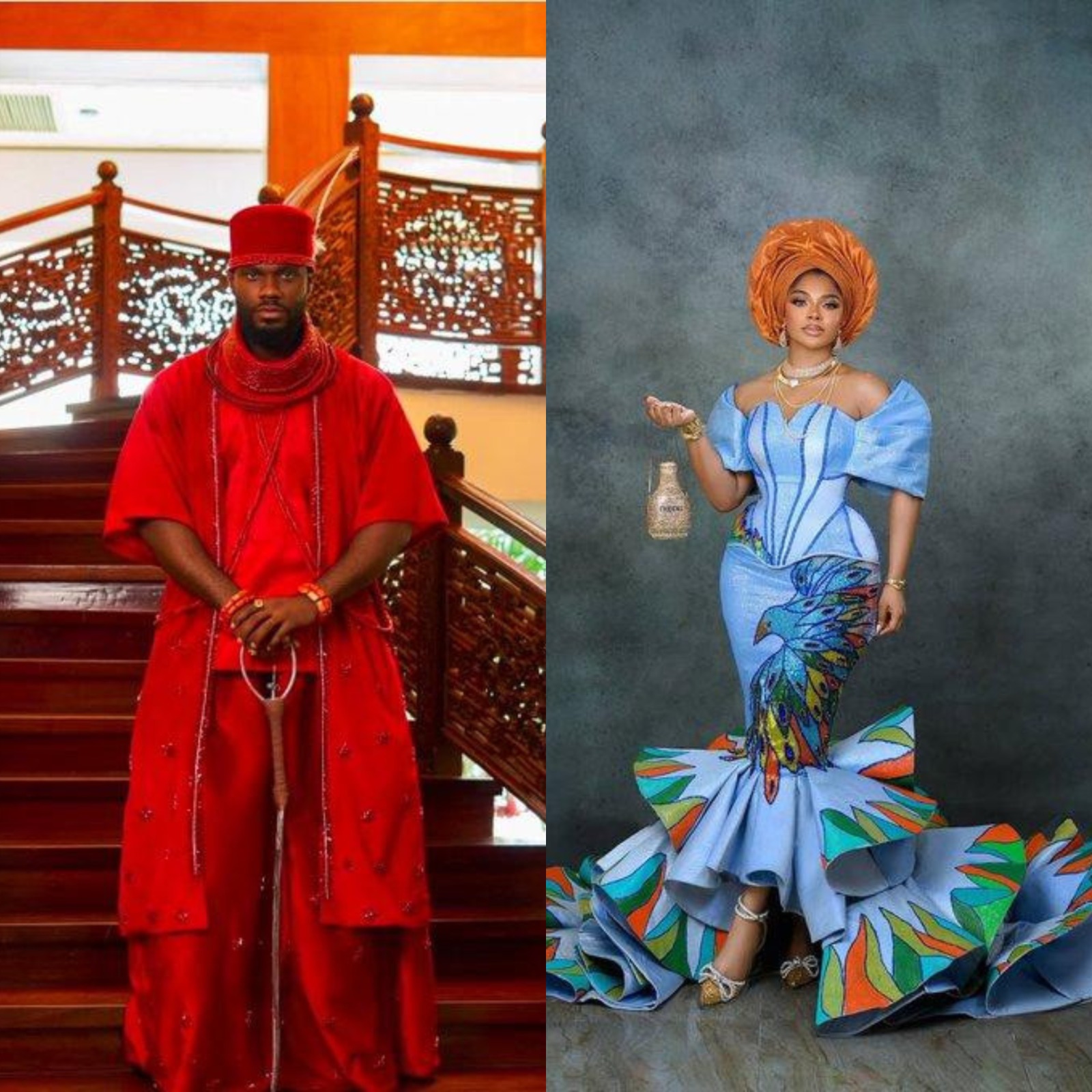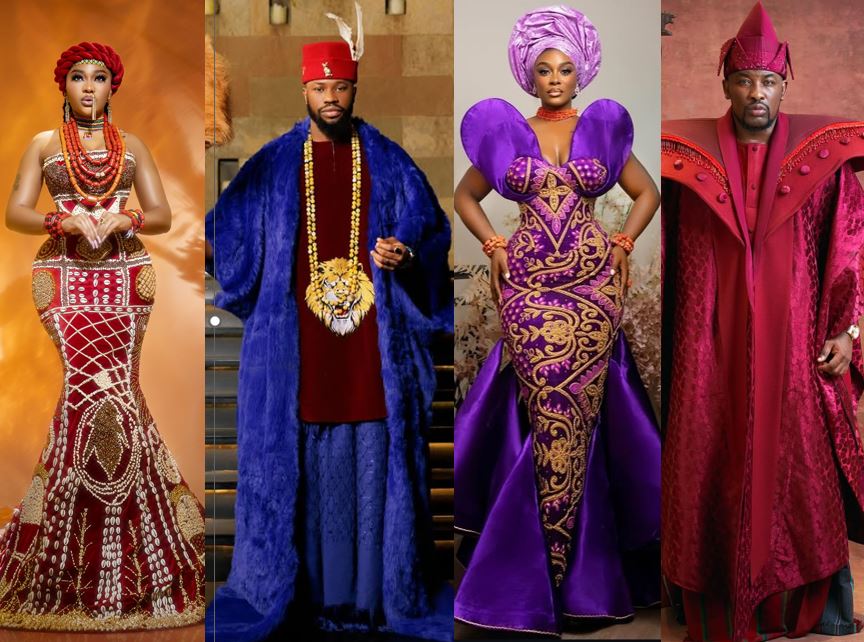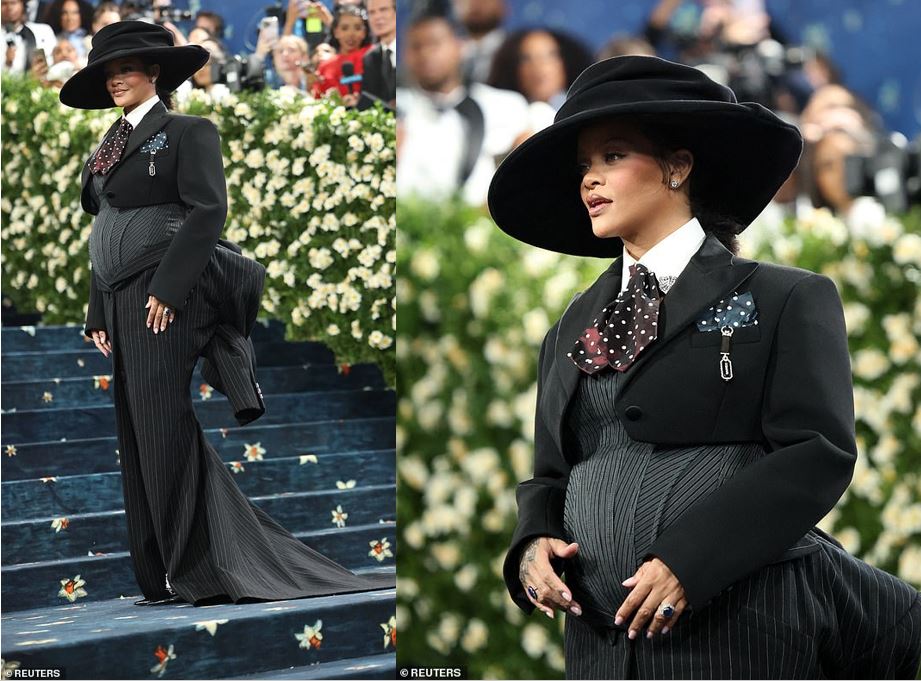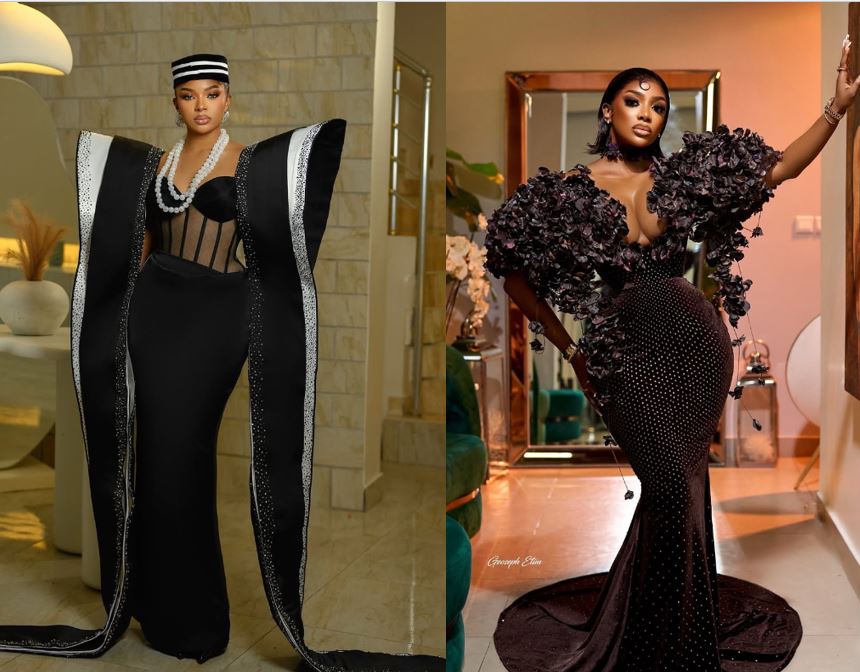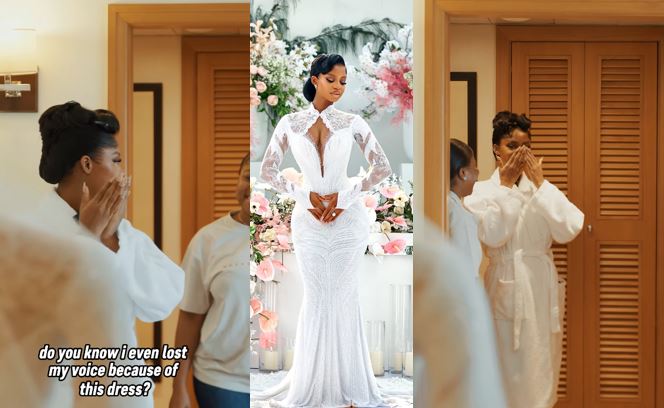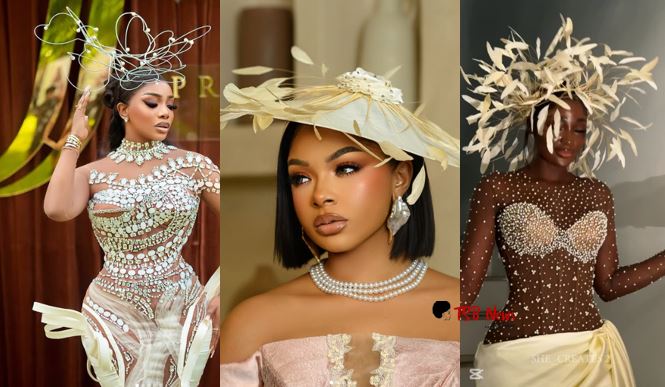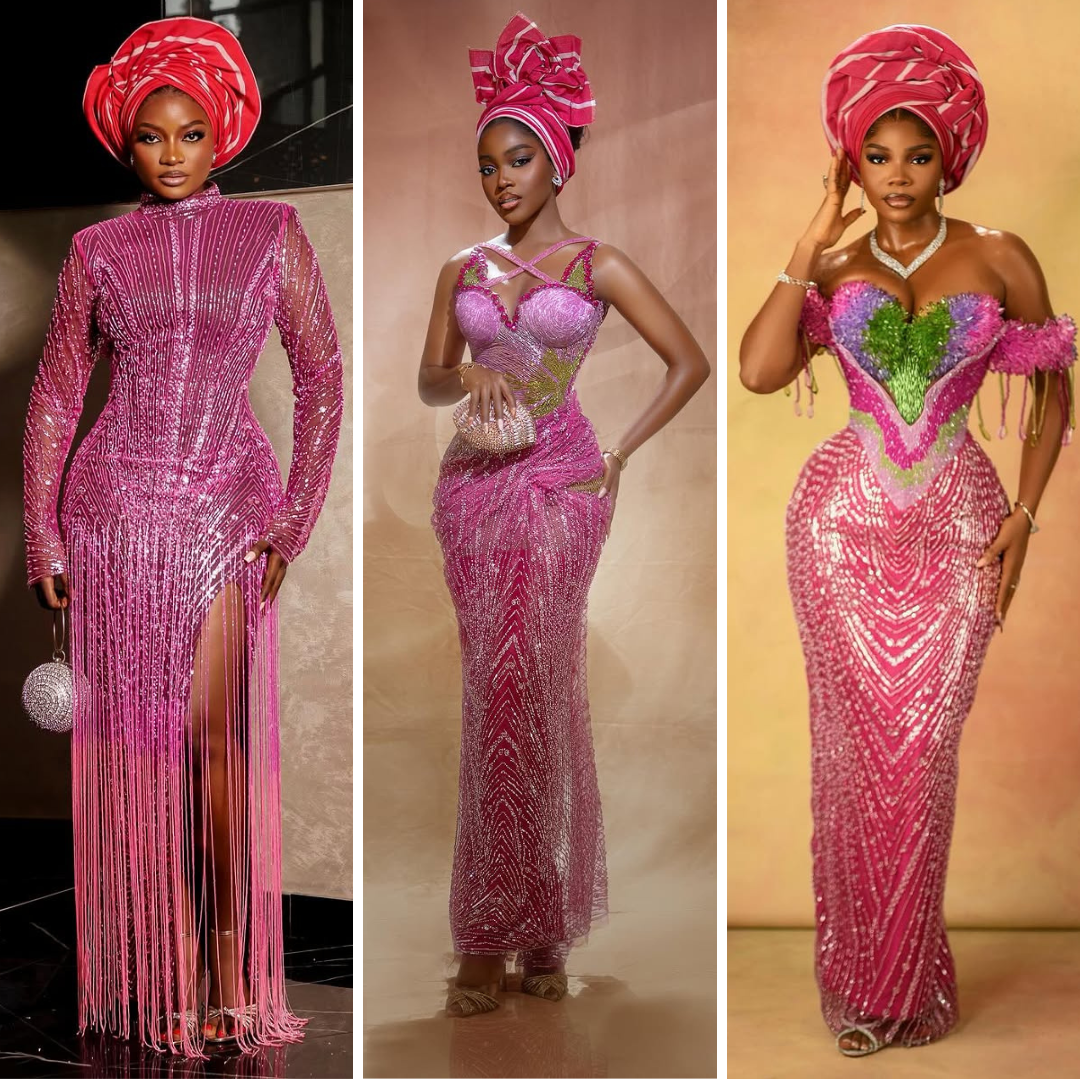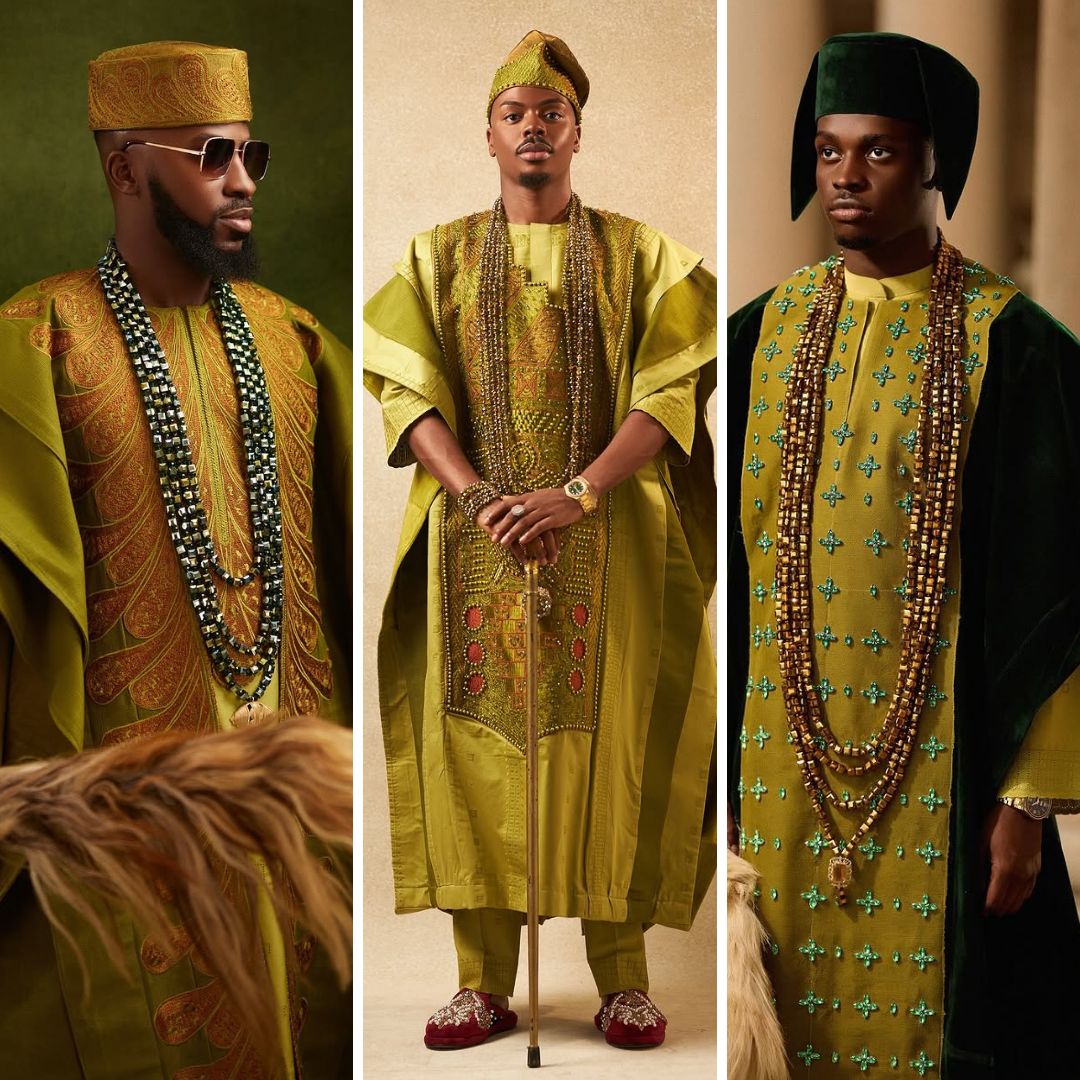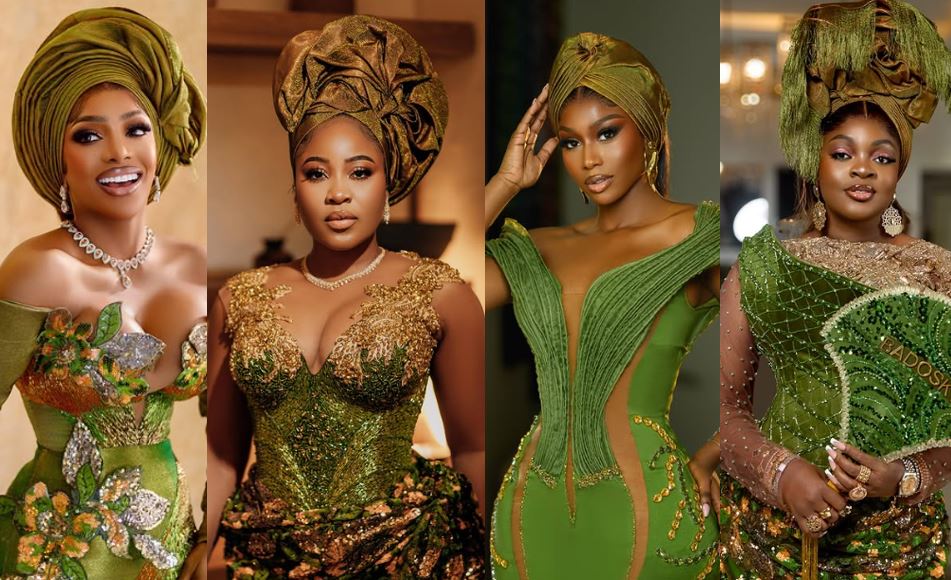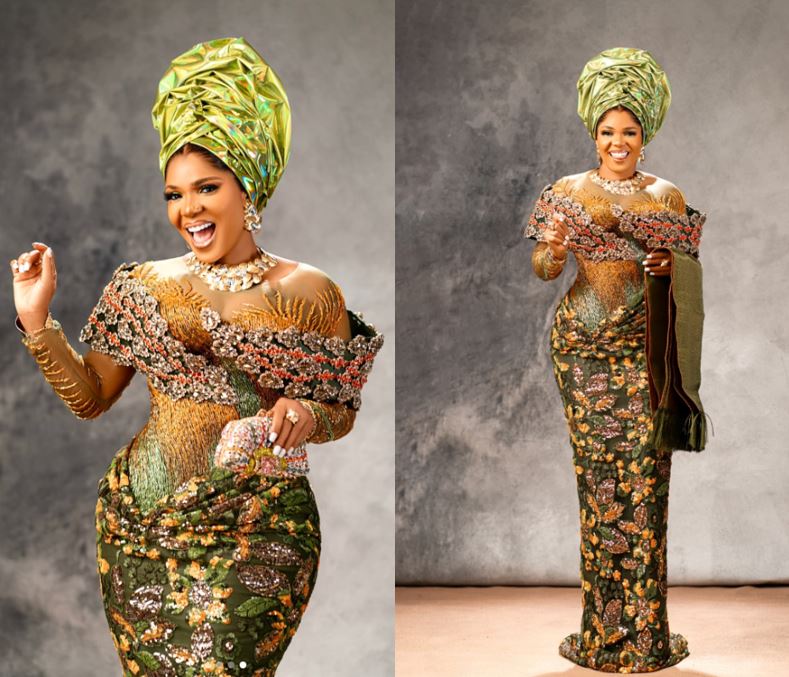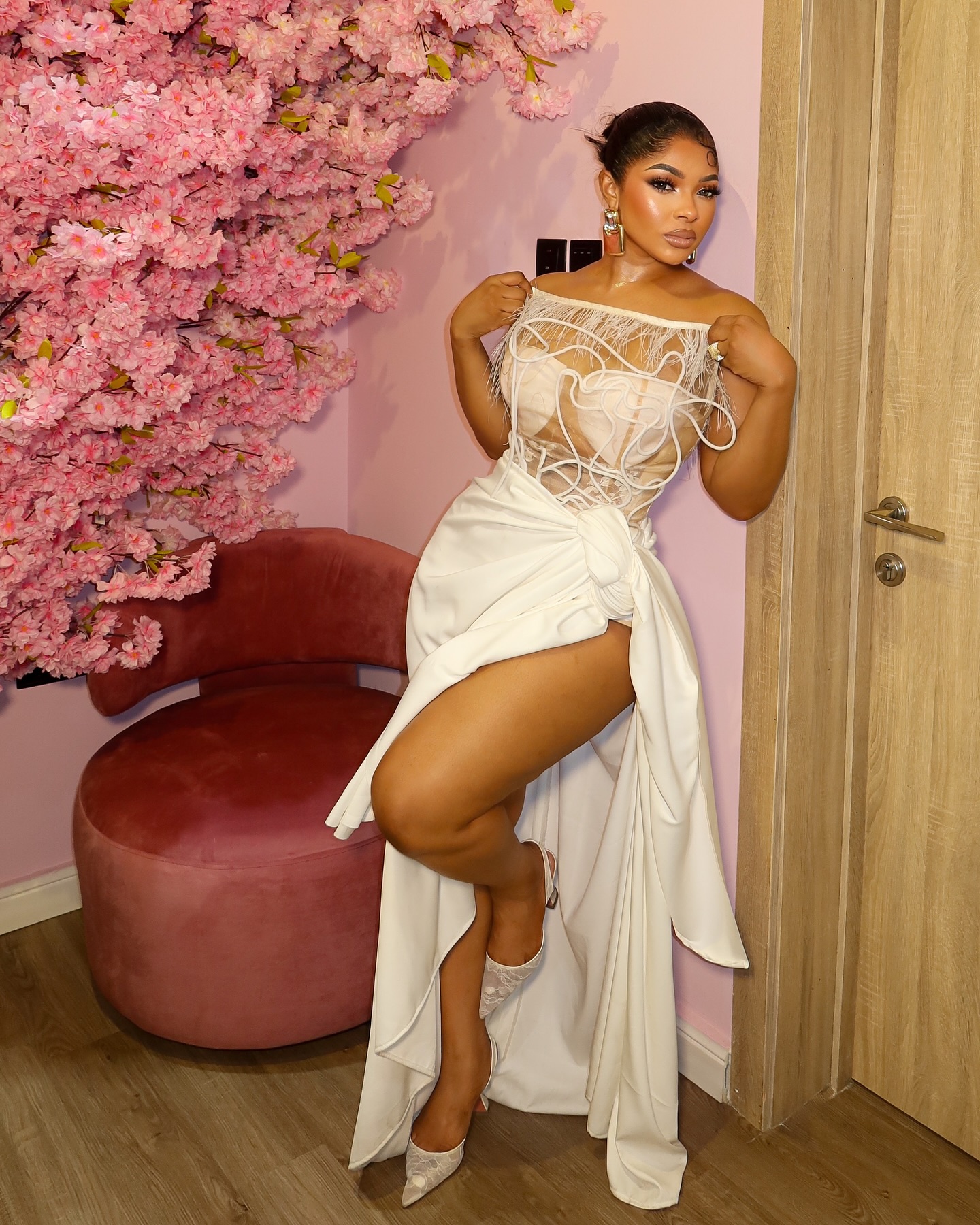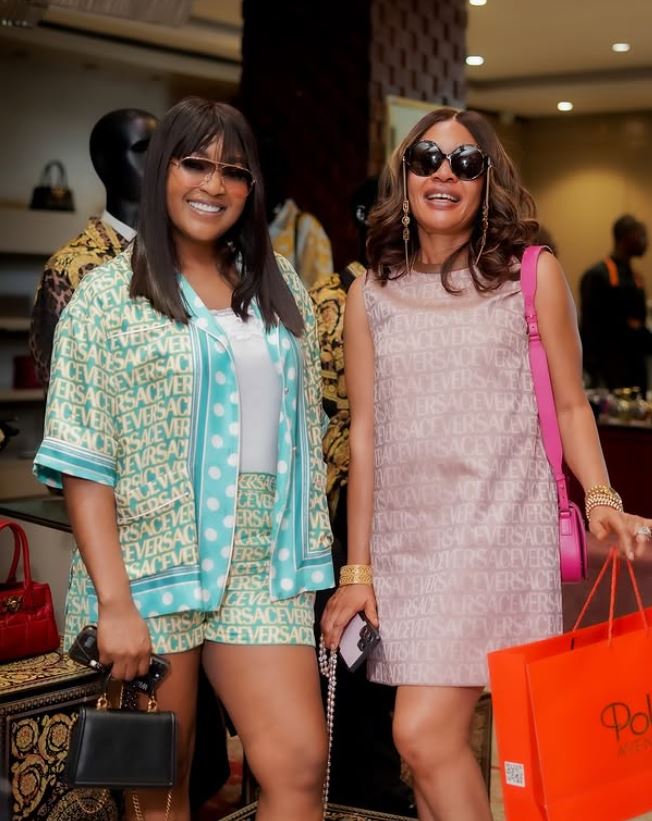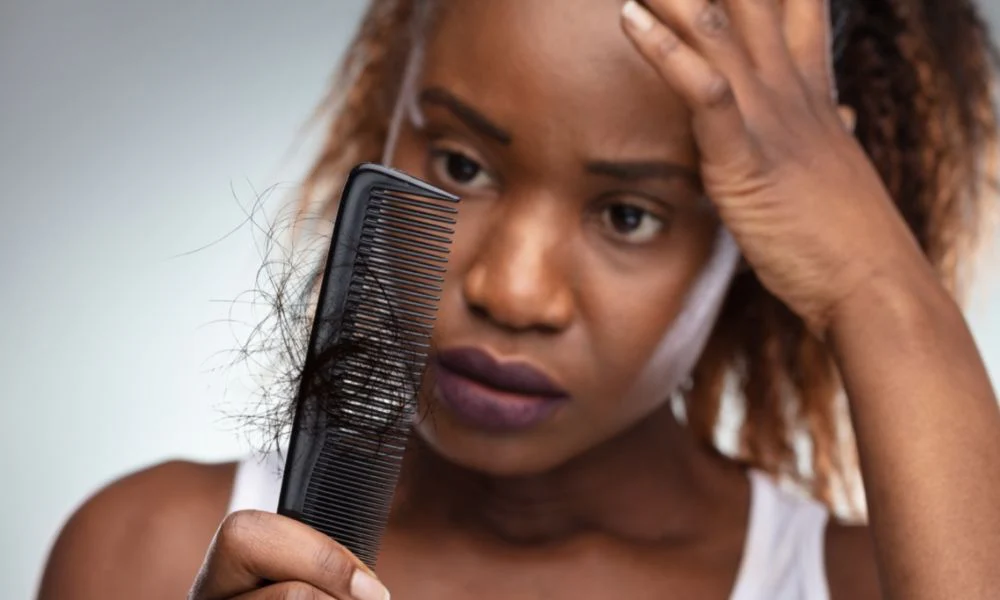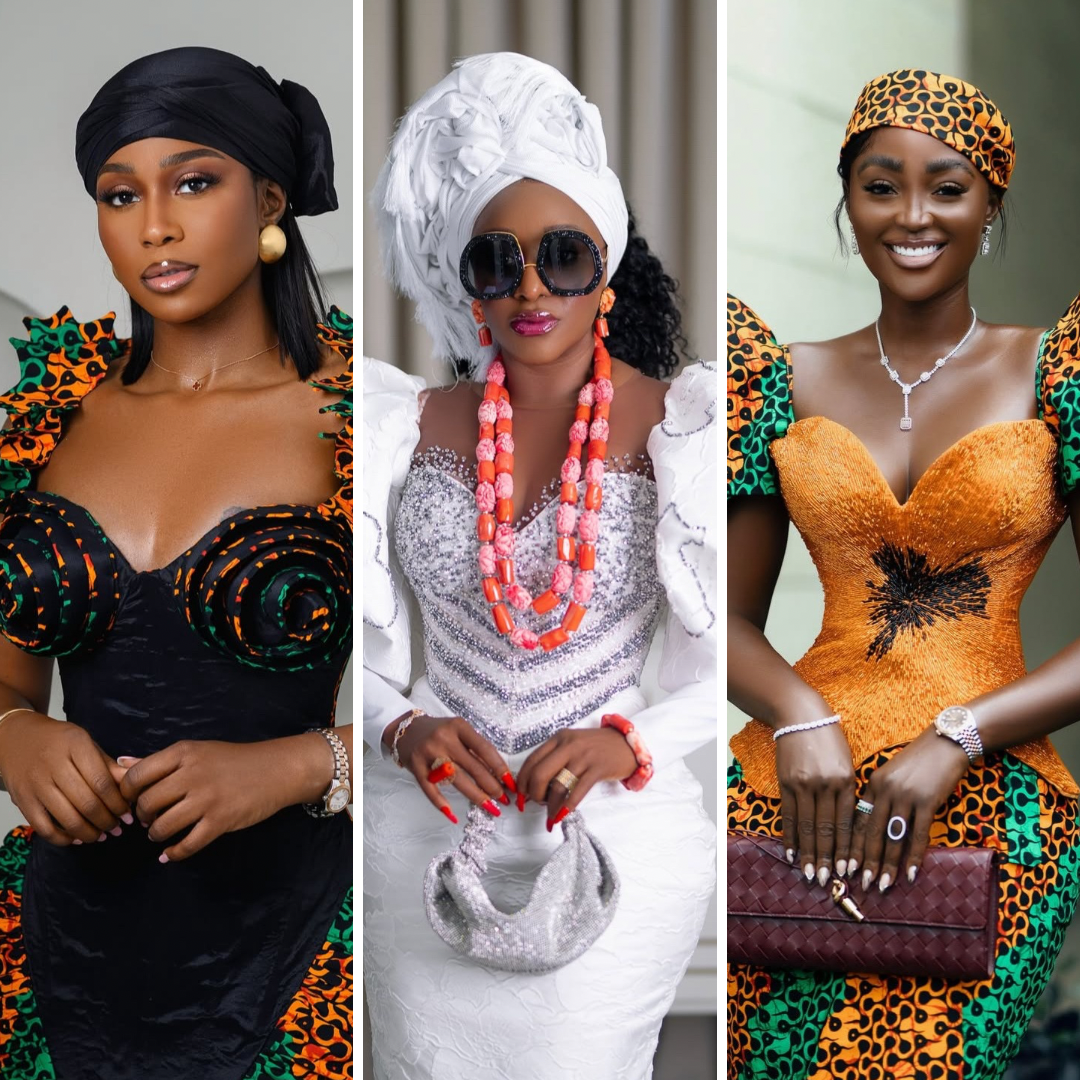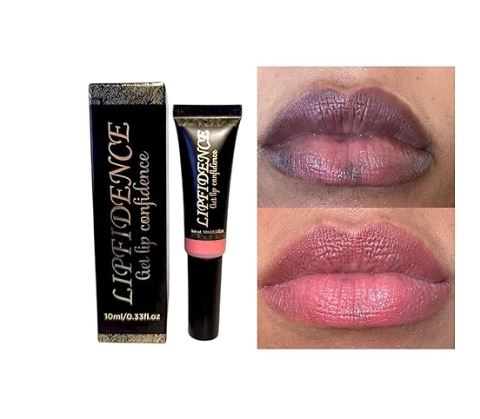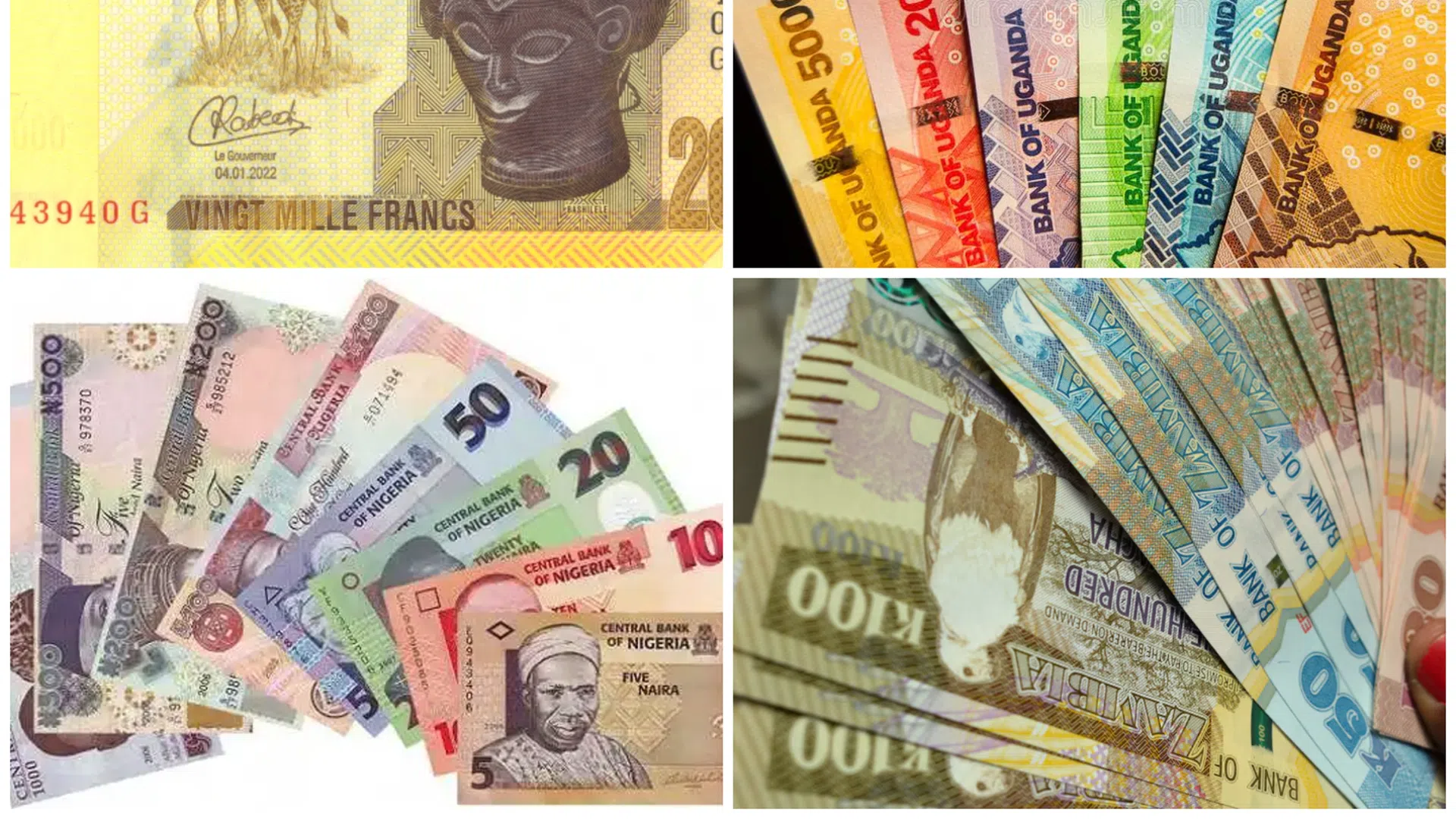Jewellery adds a touch of elegance and instantly elevates any outfit — whether it’s a sparkling necklace, a bold bracelet, or a pair of statement earrings. We all love a stunning accessory, but how can you be sure it’s the real deal?
If you’re shopping for new jewellery, the thrill of finding that perfect piece can sometimes lead to buying something that’s not authentic. Unfortunately, fake jewellery often looks just like real gold or silver — and if you’re not careful, you might spend your hard-earned money on something that’s more plastic than precious.
The good news? It’s easier than you think to tell the difference between real and fake jewellery. With a few expert tips, you’ll never mistake costume jewellery for genuine pieces again.
Here’s how to spot fake jewellery and avoid being fooled:
1. Check the Weight
One of the easiest ways to spot fake jewellery is by how it feels. Real gold, silver, and platinum have a noticeable weight to them. If a necklace or ring feels unusually light, it may be made from cheaper, non-precious materials.
💡 Tip: If it feels too light for its size, that’s a red flag — it could be fake.
2. Look for Hallmarks or Stamps
Authentic jewellery usually includes a hallmark — a small stamp that tells you the type and purity of the metal. For example:
- 925 = Sterling silver
- 750 = 18K gold
- PT or Plat = Platinum
Check the inner band of rings or the clasp on necklaces and bracelets. If there’s no hallmark, or if it looks blurry or suspicious, the piece might not be genuine.
3. Inspect the Metal Colour
Real metals have a distinct, natural colour:
- Gold – Warm, rich yellow
- Silver – Cool, bright shine
- Platinum – Silvery-white finish
Fake jewellery can look overly shiny, brassy, or have a slightly greenish or orange tint. If the colour looks too bold or unnatural, it’s worth investigating further.
4. Do the Magnet Test
Precious metals like gold, silver, and platinum are not magnetic. That means if your jewellery sticks to a magnet, it’s likely made of cheaper materials like iron or nickel.
⚠️ Warning: While this test isn’t 100% foolproof, it’s a quick way to rule out obvious fakes.
5. Examine the Stones
Real diamonds and gemstones have tiny natural imperfections (called inclusions). Fake stones like glass or cubic zirconia tend to be perfectly clear, overly sparkly, or dull in appearance.
Also, check the setting — real gems are usually secured with strong prongs, not glued in. If the stone seems loosely attached or the setting looks cheap, it might be fake.
6. Consider the Price
If it sounds too good to be true — it probably is. Genuine gold, silver, and gemstone jewellery comes at a price. If you’re offered a “real diamond ring” for a fraction of the normal cost, be cautious.
🚫 Don’t fall for big discounts without doing your research. Cheap doesn’t always mean authentic.
Buying jewellery should be exciting, not stressful. Always shop from reputable sellers, ask questions, and trust your instincts. When in doubt, consult a jeweller or request a professional appraisal.
Now that you know how to spot fake jewellery, you can shop smarter and protect yourself from counterfeits — because every piece you wear should be as real as your shine.

